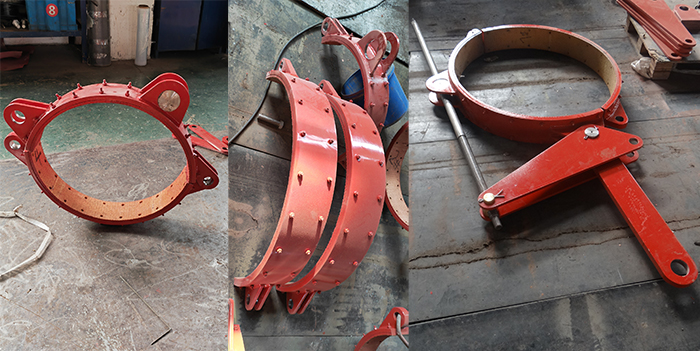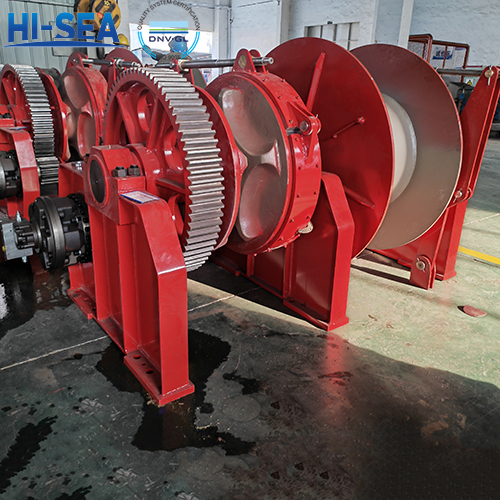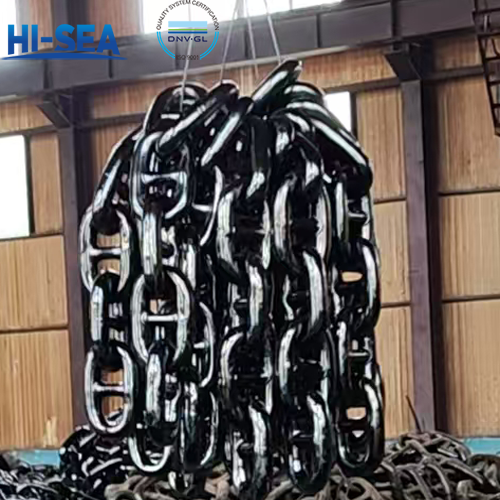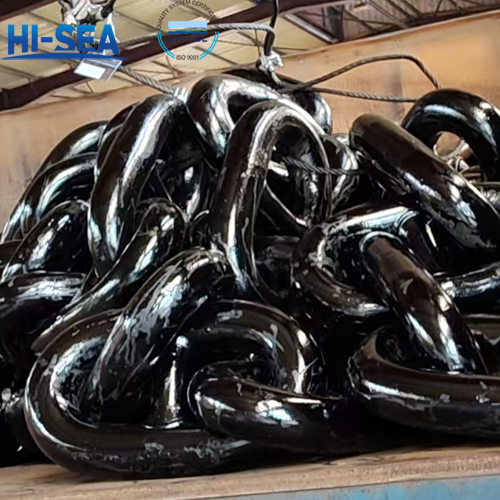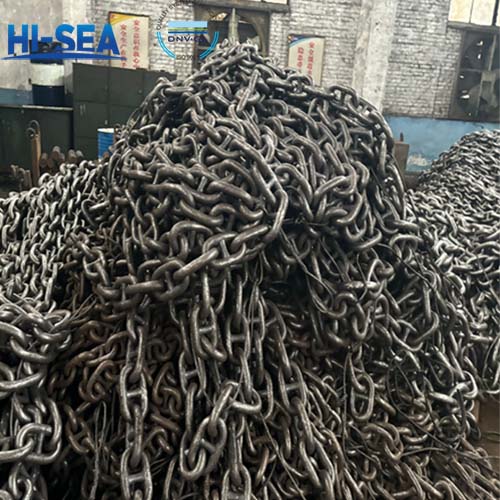
Marine anchor windlass brake
A marine anchor windlass brake is a crucial component of the anchor windlass system used on ships and boats to control the deployment and retrieval of anchors. The brake is responsible for holding the anchor chain or rope securely in place when the windlass is not actively in use, preventing the anchor from slipping unintentionally and providing stability to the vessel. The marine anchor windlass covers both the Control Braking Device and Anchor Chain Wheel Braking Device.
Overview
The marine anchor windlass covers both the Control Braking Device and Anchor Chain Wheel Braking Device.
1. Control braking device
Electric windlass must be equipped with an automatic braking device, which can automatically operate when the control lever is in the stop or braking position or the power is cut off. This braking device should be able to support 1.3 times the working load on the anchor chain. For other driving types, suitable braking devices should also be used, which should be able to support 1.3 times the working load on the anchor chain.
2. Anchor chain wheel braking device
Each anchor chain wheel should be equipped with a manual braking device, which can also be remotely controlled, and its braking torque should be sufficient to maintain the supporting load specified in the standard GB 4447-92. Here's how it works and its key features:
Functionality:
When the anchor windlass is not in operation, the brake engages to prevent the anchor chain or rope from unwinding or slipping back into the sea. It provides a controlled and secure hold on the anchor line, even when the vessel is subject to wind, waves, or currents.
Key Features:
Friction-based Mechanism: Most marine anchor windlass brakes operate on a friction-based principle. They typically consist of brake pads or shoes that apply pressure to the anchor chain or rope, creating friction to hold it in place.
Adjustability: The brake's pressure or tension can often be adjusted to accommodate different anchor sizes, chain or rope types, and varying environmental conditions.
Release Mechanism: A release mechanism allows the brake to be disengaged quickly and safely when it's time to deploy or retrieve the anchor.
Heat Dissipation: Since the brake operates based on friction, it generates heat during prolonged use. Efficient heat dissipation mechanisms are incorporated to prevent overheating and ensure the brake's effectiveness.
Durability and Corrosion Resistance: Marine anchor windlass brakes are typically constructed from robust materials such as stainless steel or high-strength alloys to withstand the harsh marine environment and resist corrosion.
Types of Brakes:
Band Brakes consist of a band or strap wrapped around a drum, with tension adjusted by tightening or loosening the band.
Disc Brakes: Disc brakes utilise friction between brake pads and rotating discs to control anchor movement. They often provide more precise control and higher braking torque.
Hydraulic Brakes: Some modern anchor windlass systems may incorporate hydraulic brakes, which offer precise control and high reliability, especially in larger vessels.
Marine anchor windlass brakes are essential safety components, ensuring the reliable operation of anchor handling systems and contributing to the overall safety and stability of ships and boats during anchoring operations. Regular inspection, maintenance, and testing are essential to ensure the proper functioning of these brakes.
For more marine anchor windlass information, kindly please click here.
Image
